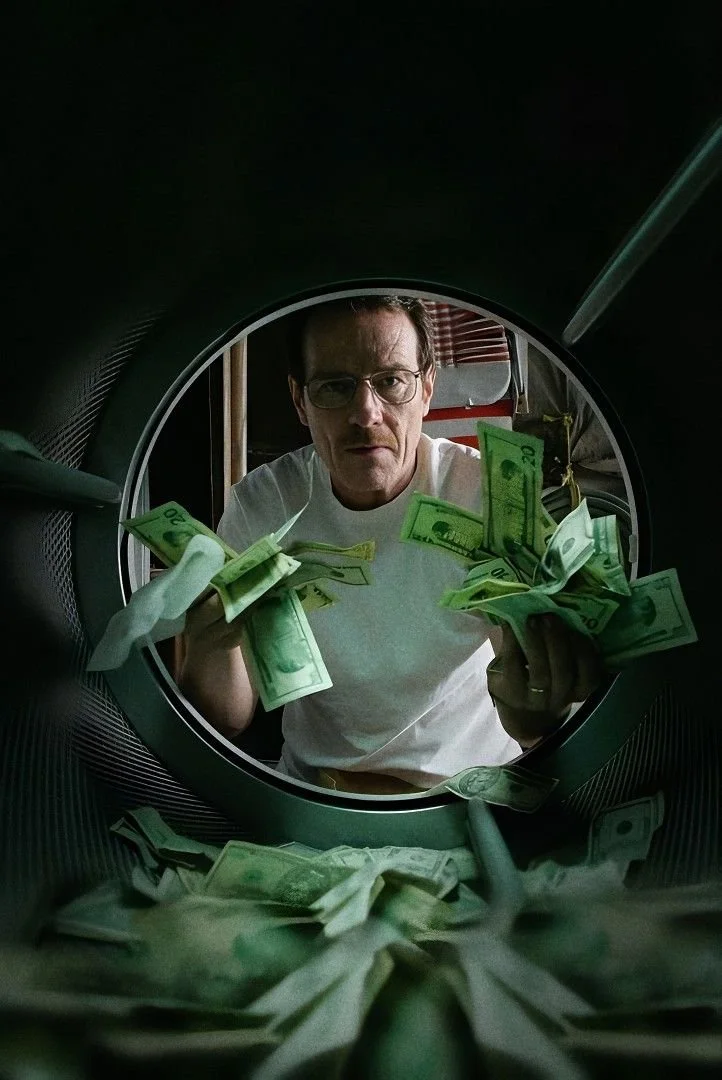Part 1: How Money Laundering works
Money laundering: How it works and the economics of it
Liam Scotchmer
References listed below.
4 Minute Read
The term ”Money laundering” originates from the criminal activities of AI Capone, a gangster who purchased laundries to disguise the illegal origins of his cash. (Sanction Scanner 2021)
According to Intuition.com (Ruairi O’Donnellan, 2024), money laundering has three stages:
Placement
Layering
Integration
Placement
Placement is putting cash into circulation in the financial system. According to an article by LexisNexis (n.d.) methods include:
- Smurfing: where “Smurfs” turn large sums of money into smaller parts (eg.: sent to foreign bank accounts or small transactions are made)
- Cuckoo smurfing: where a consumer of country A has money sent from country B but via a third party business, who unbeknownst to them is a money laundering business. The consumer of country A does ultimately receive their money. (Commonwealth Bank, n.d.)
- Foreign bank accounts: sending the money to foreign bank accounts especially to countries with loser AML regulations (anti-money laundering regulations/procedures)
- Phantom shipping: where nothing is shipped, but the receiver is billed
- Invoice fraud where invoices are faked, or amount sent doesn’t match payment (Ruairi, 2024)
Criminals are most at risk of being caught by police during the placement stage.
Layering:
Integration
Part 2: The Economics of
Money laundering
Summary
“the process by which criminals attempt to conceal the fact that their assets originate from crime.” (Ruairi, 2024)
look up how much is laundered each year
Source: United Nations, 2024
The point of placement was to get the money into the financial system, but now it needs to be put to use and traded so authorities cannot easily track where it originated from. This second stage is called layering - similar to placement, but transactions are purposefully “repetitive and voluminous.” (Kenton, 2025) According to Unit21 (n.d.), examples of layering include:
- Asset investment: criminals invest in stocks, bonds, or physical property like real estate, or artwork.
- Crim to crim cycle: (this is a wild one) where criminals startup businesses offering products or services (like private loans) but their customers are the criminals themselves!
- Simply sending money to personal or business accounts within, or out of a financial institution.
- Cryptocurrency trading - usually information about the receiver and sender of a crypto traded is stored, however with programs like Tornado Cash, this information can be detached from the transaction. (Unit 21, A, n.d.)
Now that the criminal has placed the money into financial circulation making it look legitimate, and then carried out various transactions to conceal its origin, the criminals money is “clean.” However now they need to return the money to their personal account that look “conceivably ordinary for an individual.” (Unit 21, B, 2021)
According to Unit 21 (B, 2021), integration can be done by:
- Directly transferring to the criminals bank account
- Sell the assets purchased during the layering stage
- Fake payrolls: criminals setup a fake businesses with fake employees, called payroll fraud (Unit21, B, n.d.)
- Fake loans similar to the example in layering.
- Dividend payments the criminal can invest into legitimate companies and then receive dividend payments
- Gambling
Now the money is clean!
According to Unit 21 (B, n.d.) whilst the criminal(s) does need to be cautious of the authorities, they can go binge shopping. This is especially in countries with light anti money laundering regulations who are under the black list, such as Iran and Myanmar who have “serious strategic deficiencies to counter money laundering” (FATF 2024).
Market distortion:
Lost tax revenue:
Reputational costs:


